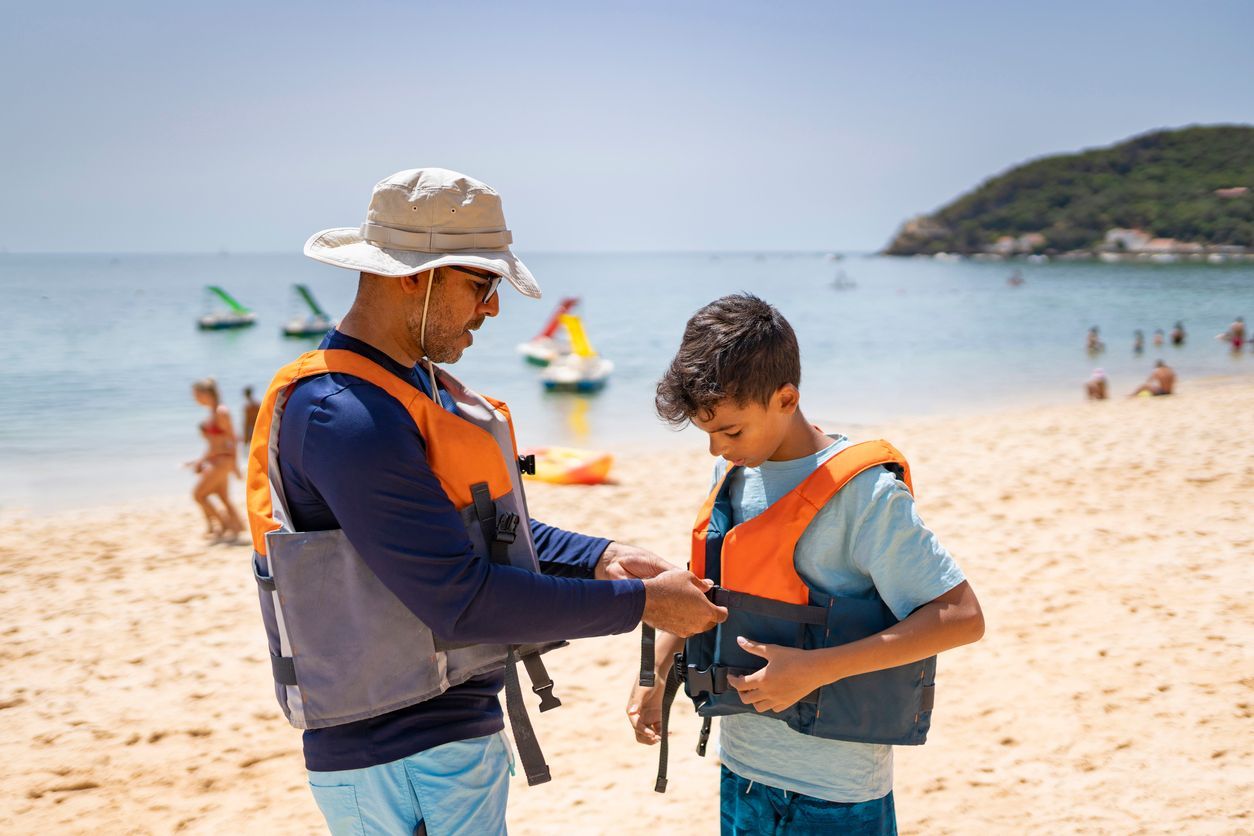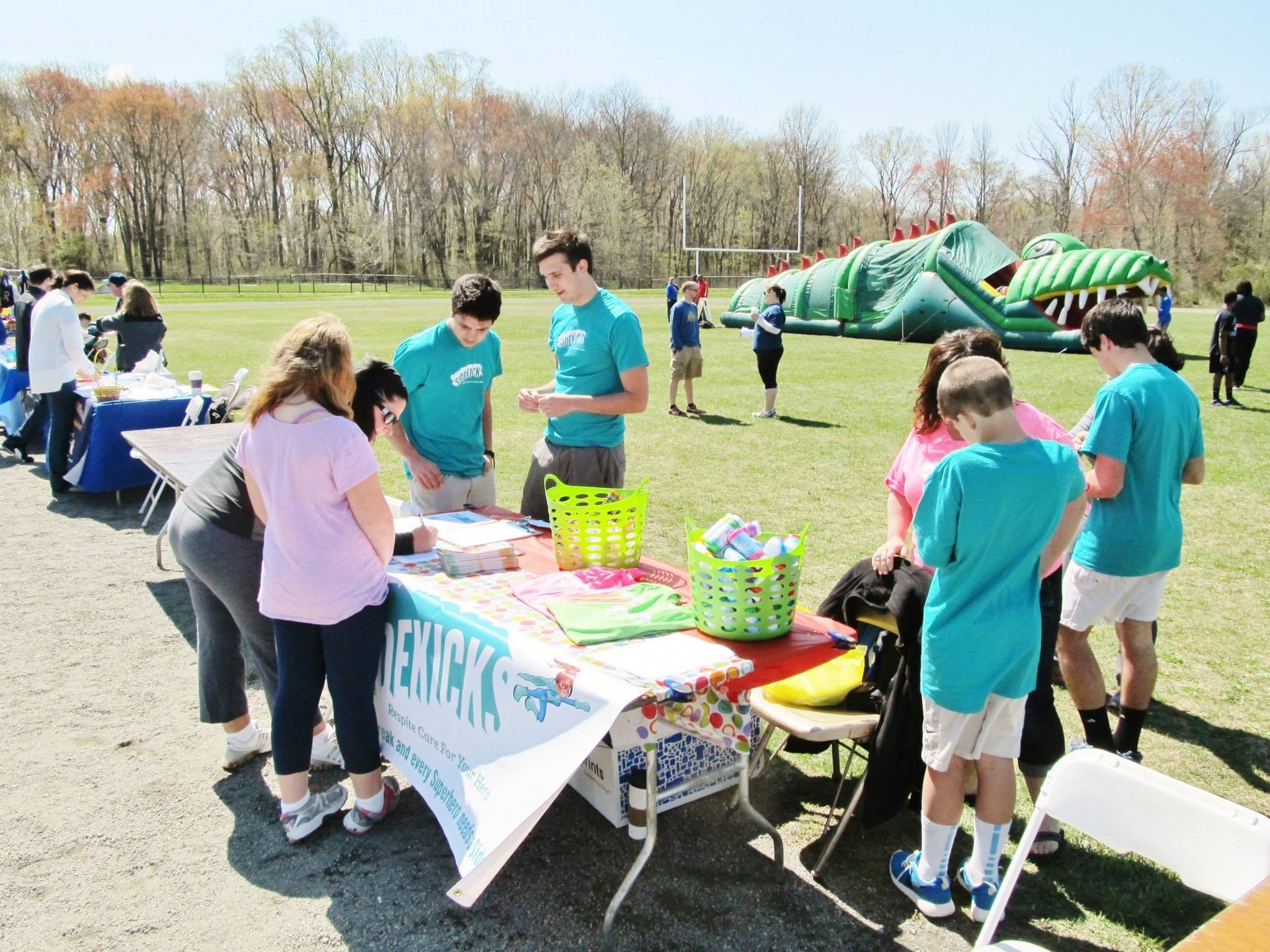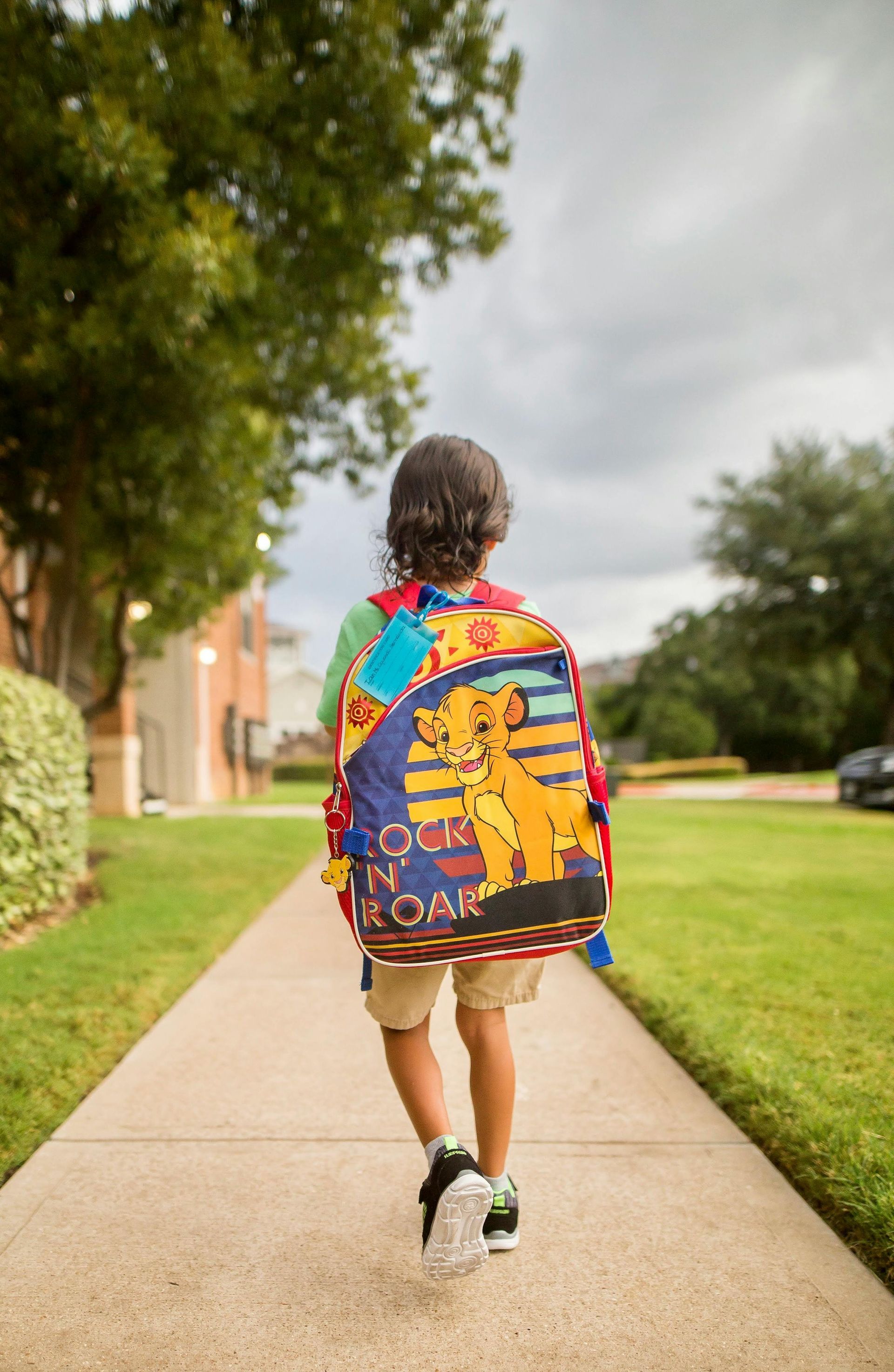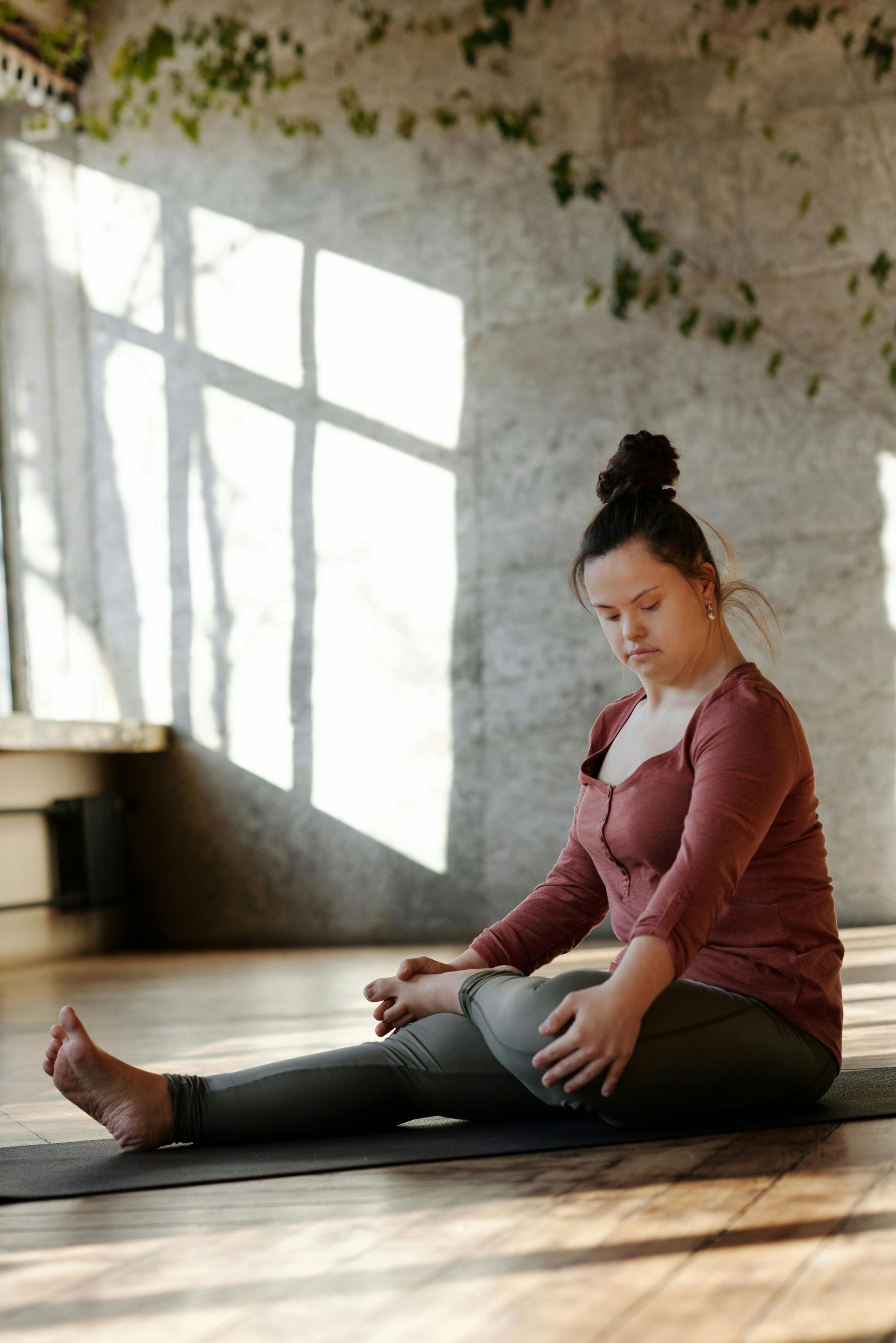Safe Summers: Water Safety Tips for Individuals with Disabilities

Safe Summers: Water Safety Tips for Individuals with Disabilities
By Sidekicks Support Services
Summer is a season for sunshine, water play, and family fun. For individuals with disabilities, it can also come with unique safety concerns. Whether you're heading to the beach, pool, lake, or even a backyard sprinkler, ensuring that your loved one is safe near water is essential.
At Sidekicks, we’re passionate about empowering families and caregivers with practical tools, peace of mind, and joyful experiences. These inclusive water safety tips are designed to help everyone stay cool and safe this summer.
1. Understand the Individual’s Needs
Every person experiences water differently. Whether they have physical limitations, sensory sensitivities, or communication challenges, it’s important to know how your loved one interacts with water environments.
- Do they get overstimulated by splashing or loud noises?
- Are they prone to elopement or wandering?
- Do they understand verbal directions or need visual cues?
Taking these factors into account before any water-based activity allows you to prepare appropriately and avoid unsafe situations.
2. Pick the Right Location
Not all water access points are created equal. Look for inclusive spaces that are designed with accessibility in mind.
- Accessible beaches and pools: These often have ramps, lifts, and adaptive changing facilities.
- Inclusive swim programs: Ask about classes or swim times for individuals with disabilities.
- Trained staff: Verify whether lifeguards or instructors have experience working with individuals who require additional support.
Pro tip: Call ahead. Don’t be afraid to ask detailed questions about accessibility, crowd levels, and accommodations.
3. Use Proper Equipment
The right tools can significantly reduce the risk of accidents:
- Adaptive life jackets: Choose USCG-approved devices that support posture and breathing for individuals with mobility challenges.
- Sun protection gear: Rash guards, hats, and shaded tents help avoid overheating.
- Communication aids: Laminate a simple waterproof communication board or bring a speech device with protective casing if your loved one is nonverbal.
4. Prioritize One-on-One Supervision
Even with lifeguards present, direct and dedicated supervision is critical.
- Follow the “arm’s reach” rule. Always stay close enough to intervene instantly.
- Use visual identifiers like bright clothing or swim caps.
- Rotate supervision responsibilities among caregivers to stay alert.
- Name the person who is "on-duty" for supervision when rotating so that everyone involved knows who is supervising at all times.
- A lot of accidents involve miscommunication of who was supposed to be supervising.
If your loved one is supported by a Sidekicks staff member during summer outings, make sure their role includes clear safety expectations.
5. Enroll in Adaptive Swim Lessons
The earlier individuals learn water orientation and safety, the better. Many YMCAs, Special Olympics, and local swim schools offer modified instruction for individuals with disabilities.
Key focus areas should include:
- Floating and breath control
- Exiting the water safely
- Recognizing pool edges and signs
- Practicing “stop and wait” skills at poolside
6. Prepare an Emergency Plan
Before heading out, review an emergency plan with your team.
- Assign who will call 911, who will assist the individual, and who will meet emergency personnel.
- Know the exact address of your swimming location.
- Keep medications and emergency contact info in a waterproof bag.
Technology can also help. Consider using GPS trackers or wearable alarms for individuals who may wander or need extra support.
7. Celebrate the Joy of Safe Play
Summer water activities can and should be fun, not feared. With the right preparation, families can build beautiful memories while also fostering independence, confidence, and inclusion.
Whether it’s wading in the bay, swimming laps, or just dancing through the sprinkler, water fun is for everyone and it’s even better when it’s safe.










